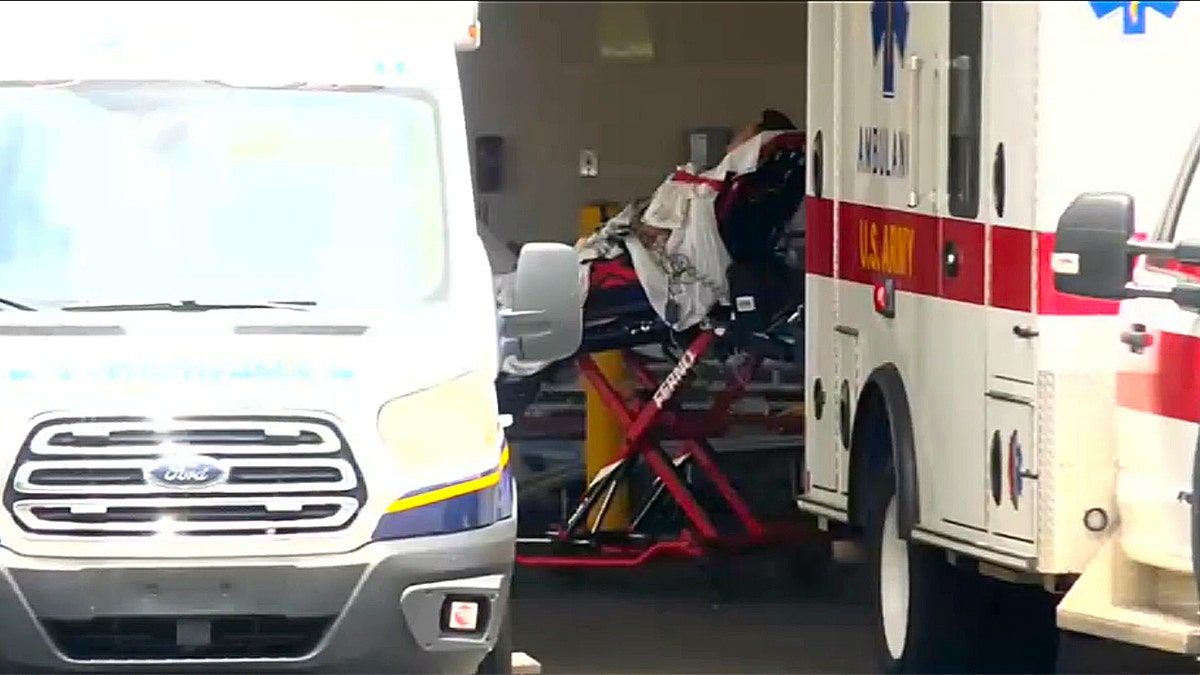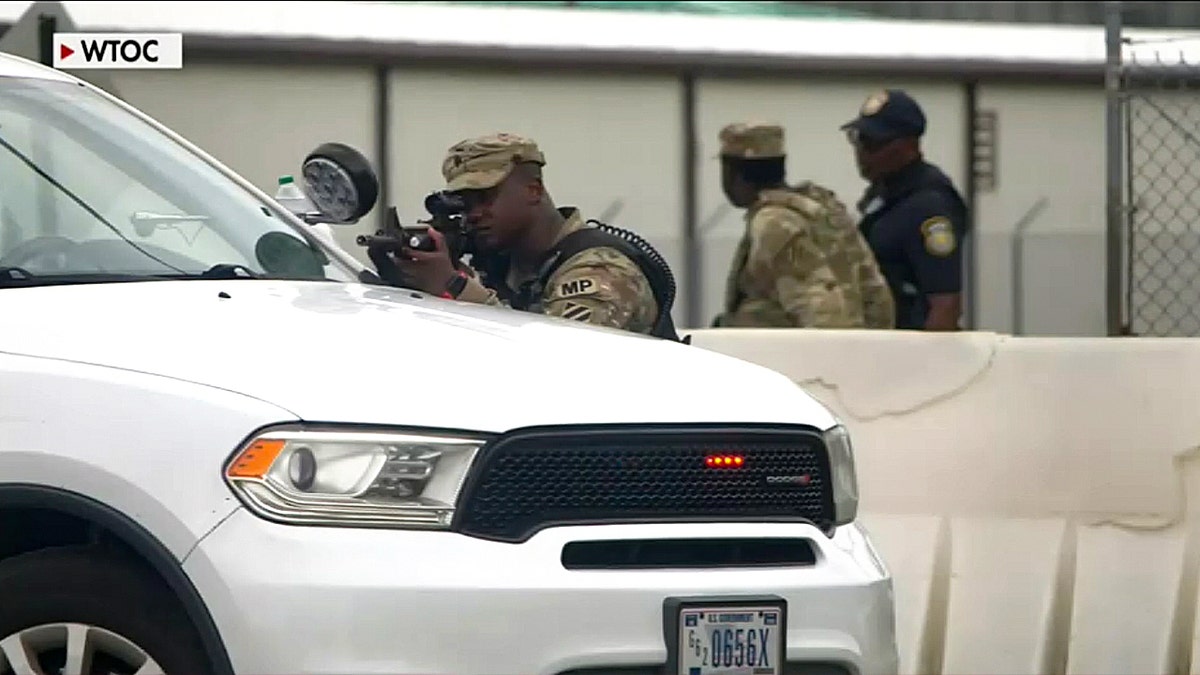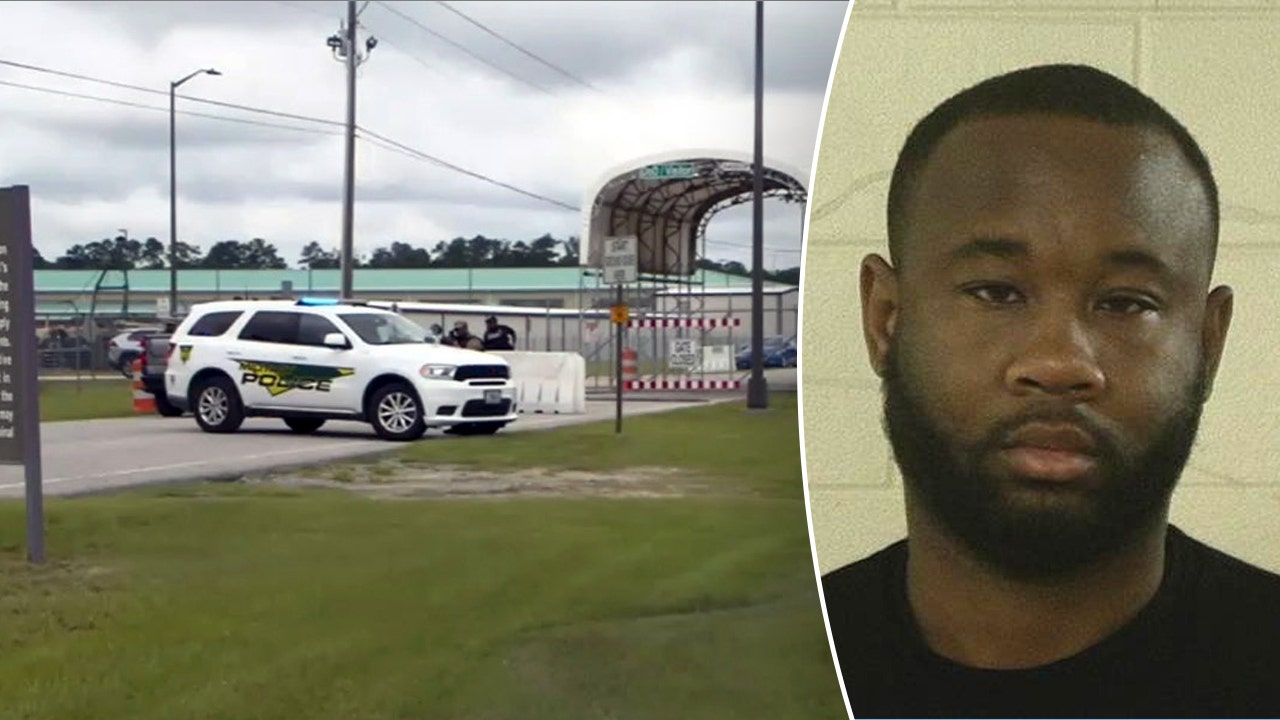NEWYou can now listen to Fox News articles!
Following a shooting that wounded five soldiers at Fort Stewart on Wednesday, a former public safety director at the Georgia military installation outlined the post’s emergency response and weapons safety protocols, as officials praised fellow troops who tackled the suspect, likely preventing further casualties.
Army Sgt. Quornelius Radford, 28, of Jacksonville, Florida, allegedly shot five fellow service members with a personal handgun in Fort Stewart’s 2nd Armored Brigade Combat Team area. They are all expected to recover, officials said.
Ret. Army Col. Mike Bumgarner, who previously oversaw all emergency services and policing at Fort Stewart and Hunter Army Airfield, told Fox News Digital that military police would have arrived with multiple units within three to five minutes of receiving the 911 call.
Also, likely aiding in the suspect’s speedy apprehension, according to Bumgarner, were the FBI-style protocols soldiers are trained to follow, including quick evacuation, barricading if escape is not possible, and taking swift action to curb imminent danger.
SHOOTING AT GEORGIA’S FORT STEWART INJURES 5 SOLDIERS; SUSPECT IN CUSTODY
As authorities combed through witness statements and evidence to determine what led to Wednesday’s tragedy, Bumgarner, who also served as a battalion commander for the military police at Fort Stewart, said that if there had been warning signs that the suspect was in distress, protocols would have prompted leadership to remove weapons from his possession.
Soldiers living in the barracks cannot store weapons in their rooms, but those living in on-post family housing or off-post are allowed to keep personal firearms, provided they are registered with the fort’s provost marshal, he said.
And if leadership is concerned about a service member’s stability, Bumgarner said the normal protocol is to ask the soldier to turn in their weapons for safekeeping. If the soldier declines, a commander will typically step in and order that the weapons be confiscated.

WHO IS QUORNELIUS RADFORD? THE ARMY SERGEANT ACCUSED OF SHOOTING 5 SOLDIERS AT FORT STEWART IN GEORGIA
During a news conference after the shooting, Army officials said Radford did not have any prior disciplinary or behavioral issues. However, Liberty County, Georgia court records show Radford was arrested on May 18 and charged with driving under the influence and failure to obey traffic control devices.
Officials said the charges were unknown to Radford’s chain of command.
“Something went wrong somewhere,” Bumgarner said. “Chaplains are very active in the United States Army, in every unit, down to very local level, so the chain of command is very attentive to any type of issues.
“If the chaplain or the first sergeant notices something, they will try to get the individual to go in [for help] themselves. What happened with this soldier? Apparently, something fell through the cracks somewhere along the way. We’ll find out.”

TEXAS SOLDIER WITH TOP SECURITY CLEARANCE CHARGED WITH ATTEMPTING TO PASS SENSITIVE TANK DATA TO RUSSIA: DOJ
Bumgarner said the Army’s Criminal Investigation Division (CID), which is leading the investigation with possible support from the FBI, is likely already looking into which weapons were registered with the provost marshal and collecting interviews from anyone who may be involved.
Commanders will also search for any links to terrorism, fanaticism or a larger issue involving more than one individual, according to Bumgarner. Other investigators will focus on the crime itself — preserving the crime scene, collecting evidence, and talking to associates who may have noticed something unusual.
“This is exceptionally rare, and I guarantee the community, the whole Army, is shocked by this,” he said. “It’s just not something we see. The Army is very tight-knit.”
As for long-term weapon misuse prevention, Bumgarner said there is no quick fix.
“If you were around the military installation after 9/11, we did 100% vehicle checks, and I can recall sitting on the interstate backed up four miles,” he said. “Once you do it, it becomes a thorough search. Every compartment or container that [can] contain a handgun, you will be searching. You can sustain it for a period of time when a known threat is high, but [that would be] very hard and demanding on all the security, military police, as well as those that have to transit on and off post.
“So the issue comes to the weapon. How do we stop it? There is no quick, simple answer,” Bumgarner added. “Second Amendment rights are respected in the military as well. That’s how they keep weapons in quarters. How do you preclude that? The military is a microcosm of our society.”
Read the full article here


